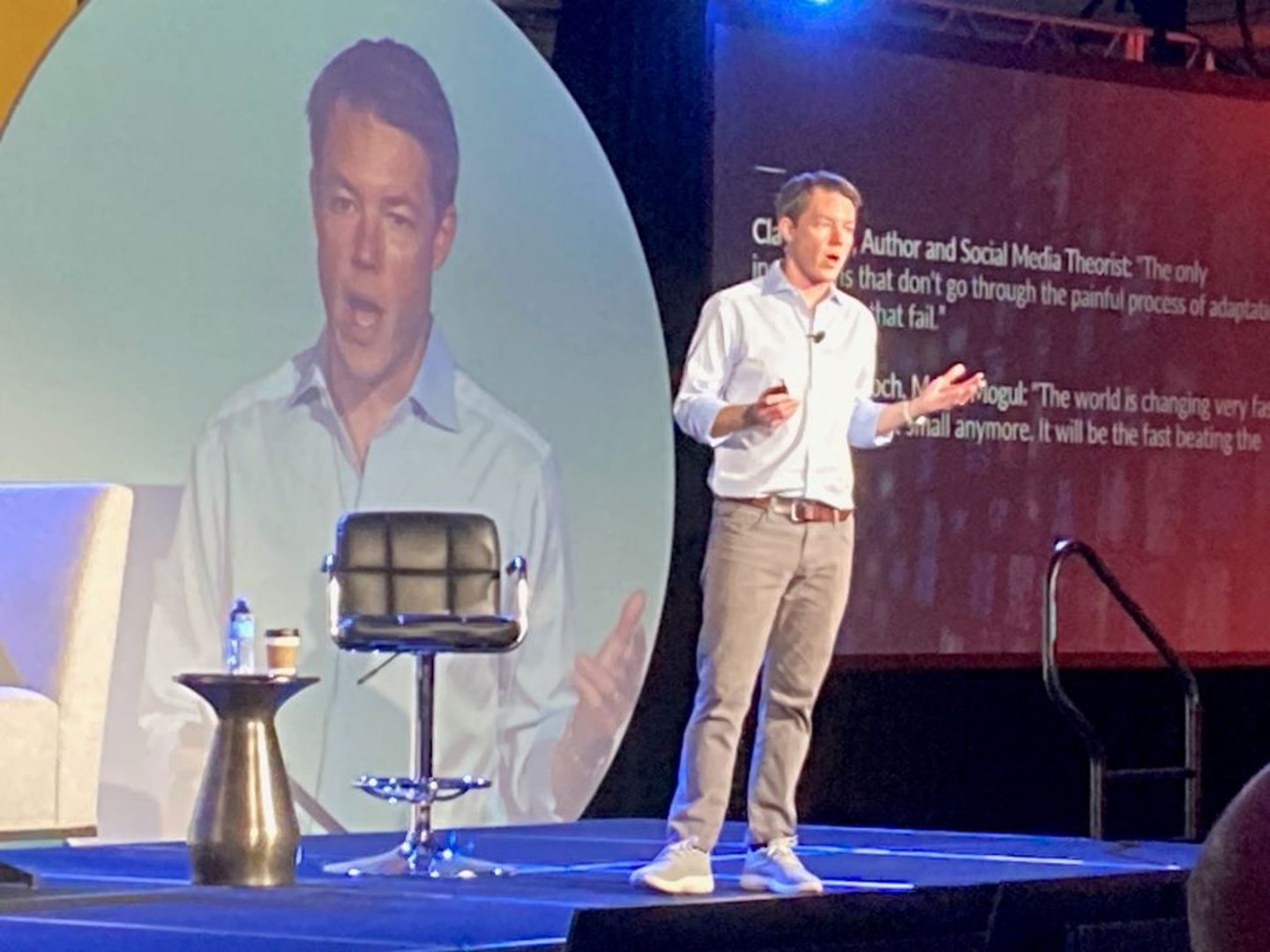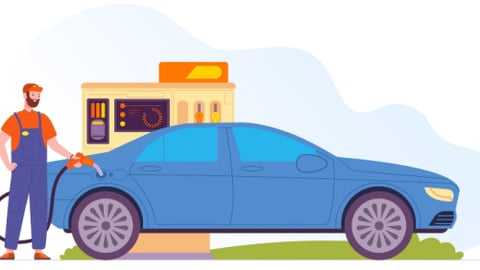Changed media landscape is changing loyalty programs
Over the two-day Dover Fueling Solutions User Conference in Austin, Texas in late March, attendees where told how today’s media landscape has changed how c-store and gas bar customers get information and how they interact with today’s brands.
New York-based Matt Curtis, board advisor, investor and CEO of An Ideas Company spoke about how the vast transformations that have happened in today’s media landscape has changed how consumers today consume media and where they get their information.
In the pre-Internet and pre-Web era, people consumed media through long-time, established media channels, print, radio and then television. When the Internet came about, followed by the Web, that those traditional channels faced new pressures and consumers and advertisers shifted attention and dollars online. And while in the early days of that technology revolutions there were only a few major players, that online landscape has now become highly fragmented with multiple players vying for advertising dollars and consumer attention; and it is fragmenting again as technologies such as smart phones and new digital services are changing how people get information and interact with companies.
Curtis reminded everyone how in the early online days, one may have gotten news and product information from a few sources, traditional media that was making its content available online or through new platforms such Google and Facebook. Today, there are hundreds if not thousands of different ways a consumer gets information, with more people getting news and information from such platforms as Twitter, now X, Facebook and TikTok, just to name a few.
And people today do not interact with one channel, but with multiple channels simultaneously, with news and information that is highly curated and personalized for them; or consumers can do that themselves, choosing what it is they wish to subscribe to or receive information from.
“Today media is ever evolving, creating new types and formats,” Curtis said. “Three years ago, nobody knew what TikTok was. Now, it is the norm. Today, those between the ages of 18 to 35, this where they're getting the news. Whether we like it or not, this is what's happening in the marketplace. If we look back to our digital selves in 2000 to 2005, we interacted with one channel at a time. You read a newspaper, you looked at your phone, you typed on the computer. It was a singular communication between you and whatever medium that you were watching.
“Fast forward to today, you now interact with all those at once. I don't think I have ever watched an hour-long Netflix show in the past five years and not checked my phone, check my email, multitasked, done something else. We're all doing all of these now at the same time. And so, the new trend that is coming, and I want to all take this away, is that it's not about competing against all of those things working. You're never going to be able to do that. You are never going to be able to compete against your iPhone. You're never going to be able to compete against what's happening on the tv. The way to win is to get all of those to work together.”
For operators of gas-bars and c-stores, or both, how does one then get the attention of today’s consumer in such a fragmented and chaotic media and communications landscape, one where a person’s attention and loyalty seems fleeting?
Brad Bossert, a managing partner with Bulloch Technologies and now a senior director of sales with Dover Fueling Solutions—Dover acquired the Canadian-based Bulloch in January of this year— spoke about how there is a “loyalty race” happening in Canada. Today, there are growing number of loyalty programs competing for customers, often with multiple channels for redemption.
“In some instances, you work with a drug store and a major grocery store and a gas station together,” he said. “Others go with hardware stores and gas stations. There's been a lot of cross marketing in Canada right now with such programs.”
Scott MacDonald, vice-president of product and marketing with Exchange Solutions, said today’s loyalty programs now must work in an omnichannel world, where consumers expect a seamless customer journey, “a journey that starts at say the store, the e-commerce website, an app and even email.”
What now must happen in a crowded media, communications, and technological landscape, is that for loyalty programs to be effective they need to become highly personalized.
READ: Dover Fueling Solutions User Conference puts focus on customer relationships, AI
Donald Frieden, founder, president and CEO of P97 Networks, said that with the vast amounts of data collected by loyalty programs about their customers, it now possible to create highly focused and personalized communications with a customer, a communication that is based on the specific interactions that a customer has had with the business over time.
As an example, instead of receiving a generic loyalty offer on an app or by email for a service or product, what will soon begin to happen is that such notifications and offers will be based on your buying habits. So, one may get a notification for a c-store one to purchases a lunch or specific items that is attractive to you, or there is a sale on for those items, or given a personalized and exclusive offer just for them.
MacDonald added that such targeted loyalty programs and communications have a greater chance of incentivizing a consumer to spend more, and for the store operator to more effectively upsell other products and services. If it is a gas operation, that may be to have the customer purchase premium fuel or at a c-store another item that may not normally have gone into their basket before.





